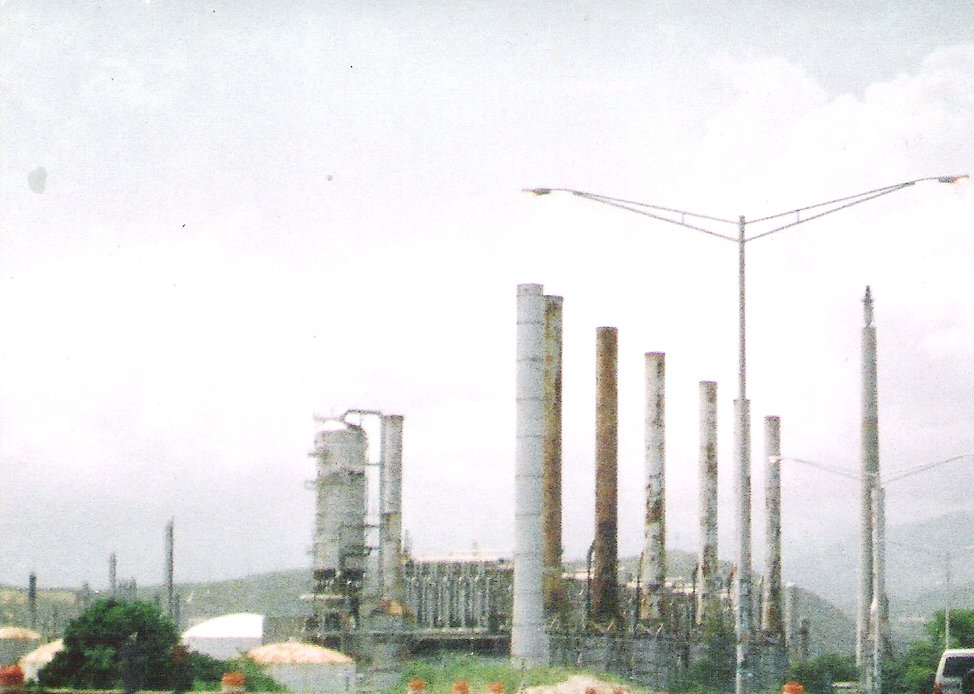Report identifies reservoirs, brownfields for green energy in Puerto Rico

A National Renewable Energy Laboratory study highlights the potential of floating solar photovoltaics and brownfield solar projects.
Five of Puerto Rico’s six water reservoirs represent an “abundant developable area” to set up floating solar photovoltaic (FPV) facilities to generate new energy as the island moves toward its goal of achieving 100% clean energy production by 2050, according to a report released by the National Renewable Energy Laboratory.
The report, titled “Assessing the Solar Photovoltaic Potential in Puerto Rican Brownfields and Reservoirs: Analysis and Modeling,” highlights the potential for solar energy development in the island’s reservoirs. NREL’s analysis suggests that these reservoirs, including Lago Caonillas, Lago Carite, Lago Guayabal, Lago La Plata, and Lago Lucchetti, could significantly contribute to the island’s renewable energy goals.
FPVs offer several advantages for energy generation. These systems can enhance water resource management by reducing evaporation rates and improving water quality. Additionally, FPVs can synergize with existing hydroelectric facilities, providing a steady energy output that can be adjusted to meet varying demand. The cooling effect of water on solar panels also helps maintain optimal operating temperatures, improving their efficiency and longevity.
The NREL’s analysis estimates a total potential capacity of 636 megawatts (MW) across 55 water bodies in Puerto Rico, with five reservoirs showing significant potential beyond the conservative 25% usage area assumption. For instance, Lago Caonillas alone could potentially support 299 gigawatt-hours (GWh) of FPV energy production annually.
The study underscores the importance of strategic investments in FPV systems to achieve economic viability, and found that, while capital expenditures for FPV are approximately 25% higher than ground-mounted systems, the long-term benefits in terms of energy production and water conservation can justify the initial costs. The absence of snow, ice and extreme water level variations in Puerto Rico further enhances the feasibility of FPV installations.
Moreover, the proximity of these reservoirs to existing transmission infrastructure minimizes additional costs for energy distribution. This accessibility is crucial for integrating new renewable energy sources into the island’s grid.
The report also outlines several technical and environmental considerations for developing FPV systems. These include ensuring adequate water depth and stability, minimal seasonal water level fluctuations, and addressing the potential impacts on local ecosystems and water quality. Effective anchoring and mooring designs are essential to withstand hurricane-level winds, which are a common occurrence in the region.
Brownfields, landfills also have potential
In addition to reservoirs, the NREL’s study also evaluates the potential for solar energy development on brownfields, landfills and powerplant footprints across Puerto Rico. The combined potential of these sites is estimated to be up to 3.3 gigawatts, further emphasizing the significant opportunities for expanding the island’s renewable energy infrastructure.
According to the report, by redeveloping brownfields and other contaminated sites, Puerto Rico cannot only expand its energy infrastructure but also contribute to environmental remediation and community revitalization. The use of nonpenetrative, ballasted ground-mount solar PV systems on closed landfills, for example, helps alleviate pressure on greenfield development while providing economic and environmental benefits.
The report highlights that brownfield redevelopment often incurs higher upfront costs due to site assessment and decontamination needs. However, these projects can leverage existing infrastructure and community support for revitalizing underutilized industrial lands. In contrast, greenfield development typically involves lower initial environmental management costs but may face greater public and regulatory resistance.










